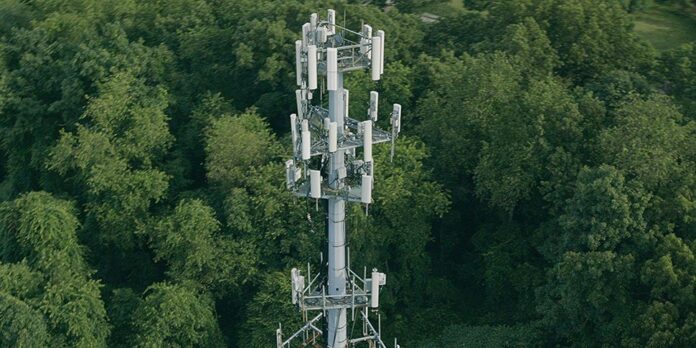Crown Castle beat analysts’ revenue estimates during the first quarter, and raised its outlook for 2015 site rental revenue by roughly $15 million. First quarter site rental revenue was $768 million and total revenue was $941 million. The company is now projecting $3.08 billion in site rental revenue for 2015.
CEO Ben Moreland told RCR Wireless News earlier this year that AT&T’s decision to reduce capital expenditures in 2015 will not have a big impact on Crown Castle’s results. He said that new leases represent a small percentage of overall site rental revenue. Furthermore, Crown Castle leases to all four carries and so is not deeply impacted when one customer signs fewer new leases.
“It is financially pretty insignificant to us – one carrier’s individual contribution in any one year to growth,” said Moreland. “We continue to expect 2015 activity, in terms of new site leasing, to be similar to 2014.”
Moreland also noted that Crown Castle has seen AT&T reduce its spending before, always recovering and stepping up the spending again to meet the demand for mobile data. He said that AT&T has deployed a large amount of capital to buy spectrum, which may mean the company has less to spend on the network right now, but eventually will mean that the carrier must spend in order to put that spectrum to work.
Verizon leads Crown’s small cell growth
Crown Castle said that most of its $68 million in new site construction spending during Q1 was related to small cells. The company often uses the term “small cells” to describe its distributed antenna systems. Crown Castle has been a leader in indoor DAS for stadiums and other event venues, and it has also built a number outdoor systems with Verizon Wireless as the primary tenant.
“The vast majority of the new activity that we’re seeing on the small cell front today is with Verizon,” said Moreland. “Verizon is our anchor tenant, but any time we go into one of these we have a view that we’re building it for co-location, and we do have many examples where we have more than one tenant on the systems.”
Moreland explained that pole-mounted DAS nodes include card slots for separate frequencies, and that these can be leased to multiple carriers. When all the slots are leased, the company can add a node to bring a new carrier onto the DAS. Moreland said that the biggest expense for a DAS is typically the fiber, not the nodes.
Small cell/DAS outlook
While Verizon Wireless has led the way for Crown Castle in outdoor DAS, Moreland expects all the other carriers to eventually invest, particularly in dense urban areas that cannot be adequately served by the macro network. He added that outside of those areas, adding macro sites is usually a more cost-effective solution than small cells.
“We acknowledge still that it is more expensive for a carrier typically to come onto a DAS than it is to go on the equivalent number of towers,” said Moreland. “It’s a more expensive solution, so it really depends on where the carrier is in their buildout cycle in their network. If they still have macro sites that they should be adding, for example, I would expect that they would do that first. Obviously that’s leasing towers, and that’s our primary business.”
But new tower sites cannot meet every area’s demand for data. In the nation’s most crowded cities, the networks are getting equally congested. Crown Castle’s leadership believes that small cell architectures will be the only way for carriers to serve these urban areas.
“Think about Manhattan, or Boston or Philadelphia,” said Moreland. “There are a lot of these places that in order to have the capacity that they’re going to ultimately need, there’s really no other alternative.”
Q1 commentary
Unlike its top competitors, American Tower and SBA Communications, Crown Castle focuses almost exclusively on the United States and does not hold extensive tower portfolios abroad. The company highlighted this strategy in announcing its first quarter results.
“Our excellent first quarter results reflect the continued demand for our wireless infrastructure as U.S. wireless carriers continue to make network investments to meet wireless consumer demand,” said Moreland. “We believe the U.S. market, which represents approximately 96% of our total revenues, is the most attractive wireless market in the world for wireless investment. Wireless consumer demand is expected to increase significantly over the next several years, with one industry estimate projecting a seven-fold increase in US mobile data traffic between 2014 and 2019, driven by increased innovation and adoption of data-driven mobile devices and applications such as machine-to-machine connections and streaming video.”
Follow me on Twitter.

